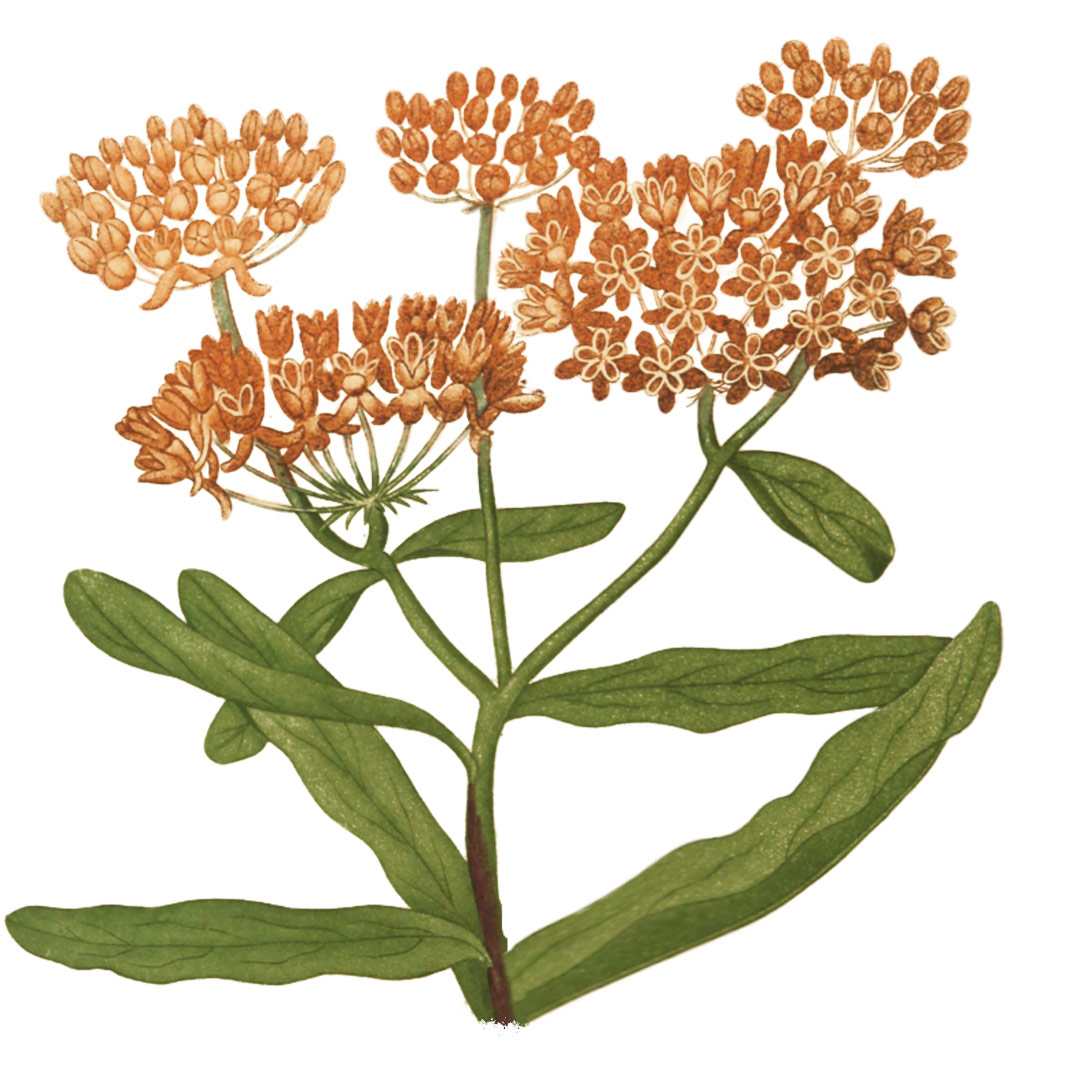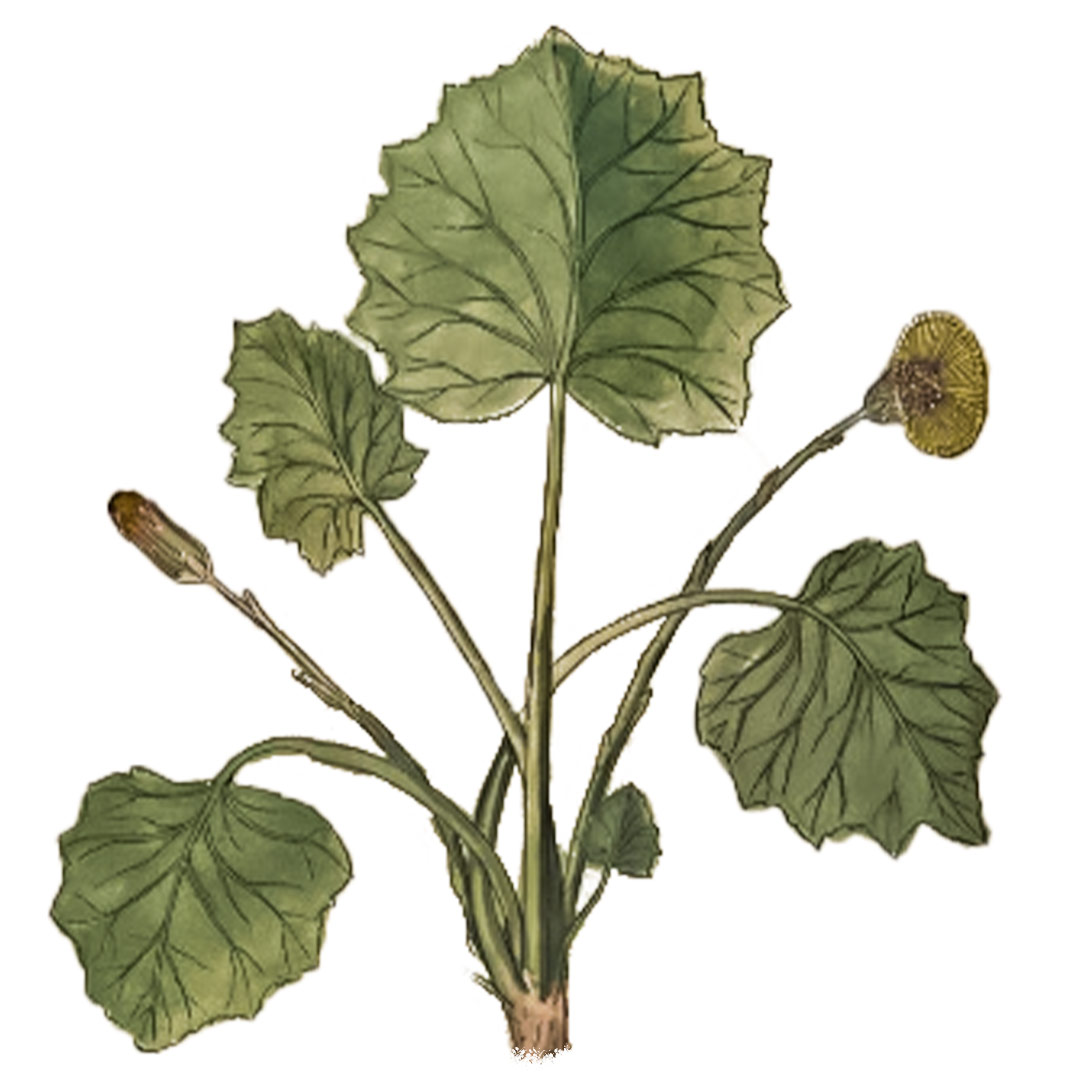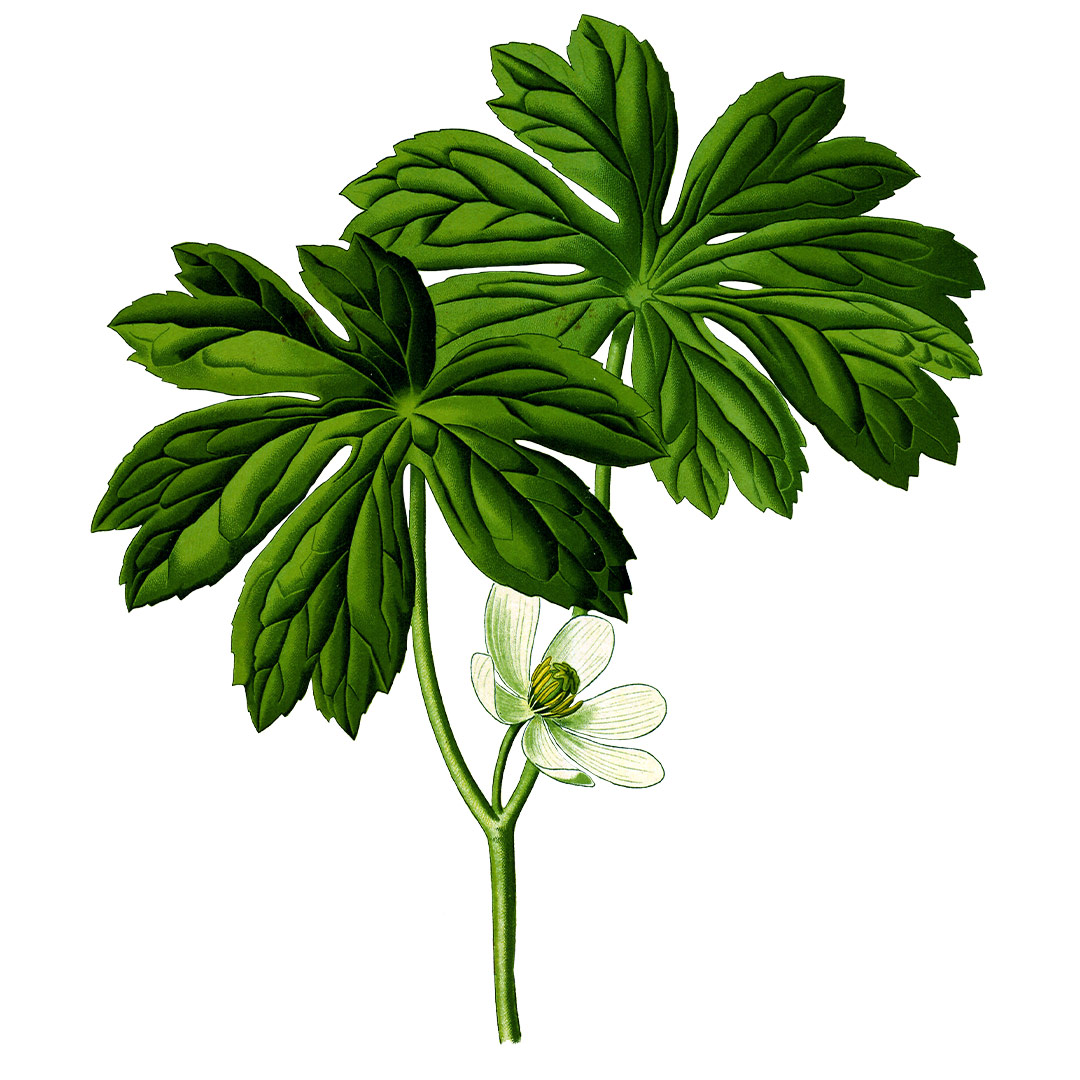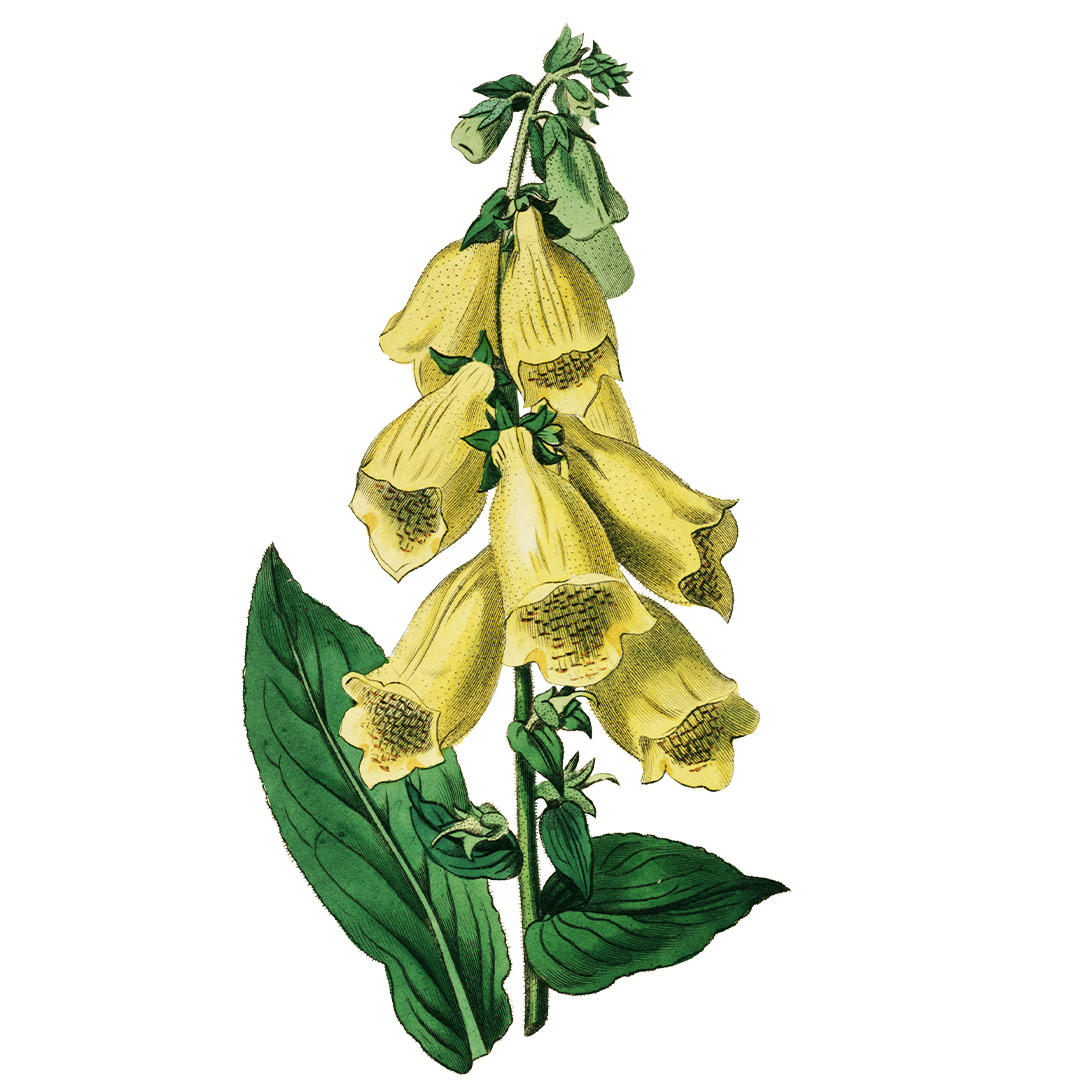Iowa Pharmacy Garden Explores Roots of Medicine
Outside the University of Iowa College of Pharmacy Building, which will be dedicated Oct. 15, 2021, a thoughtfully curated garden serves as a reminder of how far modern medicine has come.
While Hawkeye pharmacists conduct research in cutting-edge laboratories and manufacture new medicines inside the facility, a garden path on the grounds invites visitors to explore the origins of pharmacy. The garden contains tiger lilies, English lavender, brown-eyed Susans, and other plants that historically were believed to provide healing for various ailments. Signs identify the plants and provide QR codes for people to pull up information on smartphones about the plants’ past and present medicinal uses.
"The earliest drugs came from plants, bark, roots, and shrubs," says UI College of Pharmacy Dean Donald Letendre. "Having a path surrounded by pharmacologically active plant life is a tangible reminder that where people and plants come together, medicine results."
Below is a selection of plants grown in the Roots of Medicine garden, which is a collaboration among the Hardin Library for the Health Sciences at the UI, the College of Pharmacy, local gardeners, and a horticulture expert from Iowa State University. The historical plant information comes from books in Hardin's John Martin Rare Book Room. Information on modern medical use comes from NIH resources and librarian-performed literature searches.

Butterfly Milkweed
SCIENTIFIC NAME: Asclepias tuberosa
USES: Nicknamed the pleurisy root, it has been used as an expectorant to treat pleurisy, bronchitis, pneumonia, and influenza, but insufficient evidence exists for its medicinal effectiveness, and the plant is toxic in excess.
ILLUSTRATION: JOHN MARTIN RARE BOOK ROOM, HARDIN LIBRARY FOR THE HEALTH SCIENCES AT THE UI

Common Yarrow
SCIENTIFIC NAME: Achillea millefolium
USES: Legend goes that the Trojan hero Achilles found healing in Achillea millefolium, which may have health benefits as an anti-inflammatory, analgesic, hemostatic, antidiabetic, antitumor, antioxidant, antifungal, and antiseptic. It’s commonly used in teas, essential oils, and extracts.
ILLUSTRATION: WIKIPEDIA

Coltsfoot
SCIENTIFIC NAME: Tussilago farfara
USES: Although its uses vary by region, coltsfoot is primarily implemented to treat asthma, bronchitis, emphysema, and coughs. The latest research is investigating its value in wound healing.
ILLUSTRATION: JOHN MARTIN RARE BOOK ROOM, HARDIN LIBRARY FOR THE HEALTH SCIENCES AT THE UI

Great Blue Lobelia
SCIENTIFIC NAME: Lobelia siphilitica
USES: Great blue lobelia received its scientific name from its early use by Native Americans in treating syphilis. While the leaves are toxic to humans, modern medicine extracts lobeline from the plant for inclusion in antidepressant and opioid medications.
ILLUSTRATION: JOHN MARTIN RARE BOOK ROOM, HARDIN LIBRARY FOR THE HEALTH SCIENCES AT THE UI

Mayapple
SCIENTIFIC NAME: Podophyllum peltatum
USES: Known for centuries to have medicinal properties, mayapple has been used to treat psoriasis, parasites, and genital warts. It’s also been applied as a laxative, an antiviral agent, and as an inhibitor to the growth of cancerous tumors.
ILLUSTRATION: WIKIPEDIA

Yellow Foxglove
SCIENTIFIC NAME: Digitalis lutea
USES: Historically, Europeans treated bad breath, tuberculosis, dropsy, and epilepsy with this highly toxic plant. Now it’s used in cardiac medicines and studied as a potential source of cancer-fighting chemicals.
ILLUSTRATION: WIKIPEDIA

